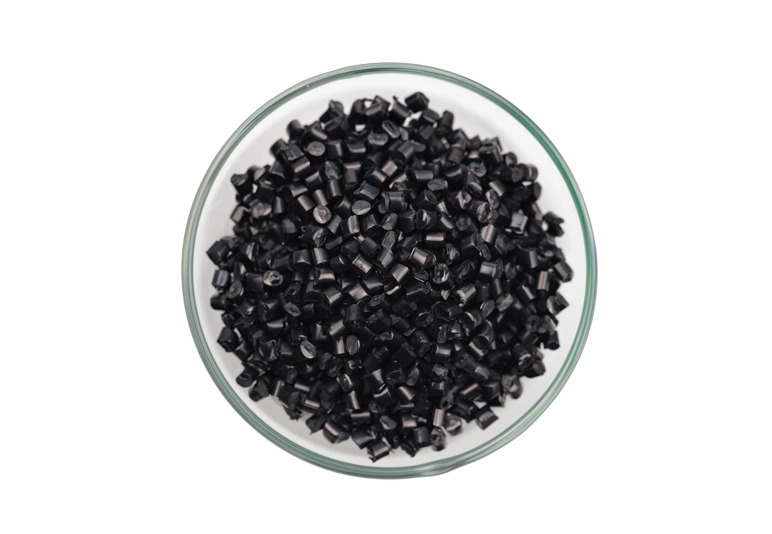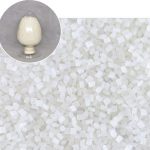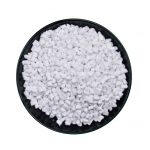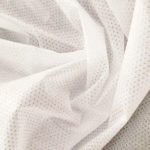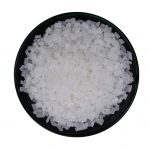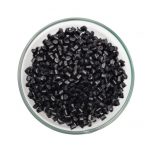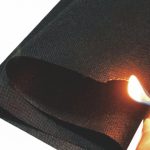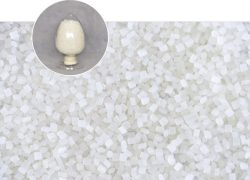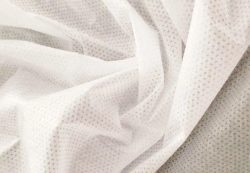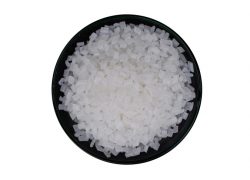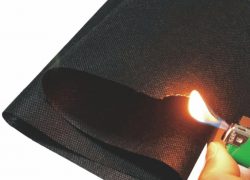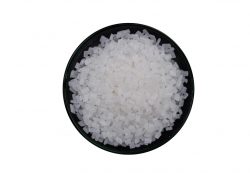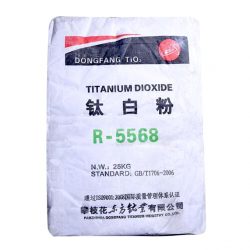FOAMING MASTERBATCH
Foaming Masterbatch is a type of additive masterbatch that is used to create a foam structure in plastic products. It usually contains a combination of foaming agents, nucleating agents, and blowing agents that expand when heated to create a cellular structure, reducing the weight and density of the plastic product. The foam structure also provides insulation and acoustic properties.
TYPES OF FOAMING MASTERBATCH
Black Masterbatch
Black Masterbatch
It provides excellent color consistency and improved mechanical properties to the final product.
Universal Color Masterbatch
Universal Color Masterbatch contains a high concentration of pigments or dyes, dispersed in a carrier resin
Custom Color Masterbatch
Color masterbatch is a polymer carrier designed to add vibrant and consistent colors to plastic products.
Conductive Masterbatch
It is a type of plastic additive used to impart electrical conductivity to plastic products.
Flame Retardant Masterbatch
Application: part thickness, and desired flame retardant effectiveness all influence the amount of addition.
How Is a Foaming Masterbatch Added to Plastic?
A foaming masterbatch can be added to plastic using a gravimetric dosing system, volumetric dosing system, or by manually mixing the masterbatch with the plastic pellets. The masterbatch is typically added to the plastic in a ratio of 1-5%, depending on the desired foam density and thickness.
What Are the Advantages of Using a Foaming Masterbatch?
Using a foaming masterbatch can reduce the weight and density of plastic products, provide insulation and acoustic properties, and improve surface appearance. Foamed plastics are also less expensive and use less polymer than solid plastics, making them an economical and environmentally friendly option.
What Types of Products Can Be Made with a Foaming Masterbatch?
Foaming masterbatch can be used to make a wide range of plastic products, including packaging materials, automotive parts, insulation materials, construction materials, toys, sporting goods, and furniture. The foam structure can also provide cushioning and shock-absorbing properties, making it suitable for use in protective packaging and transportation applications.
Are There Any Limitations or Drawbacks to Using a Foaming Masterbatch?
The use of a foaming masterbatch can potentially affect the mechanical properties of the plastic product, such as impact strength and flexural modulus. The expansion and cooling of the foam can also affect the dimensional stability of the product. It is important to consider these factors when using a foaming masterbatch.
